Table of Contents (click to expand)
Apart from the different mission remnants and the human poop, there are several of mankind’s mementos on the surface of the moon.
When we look up at the night sky, beyond the billows of clouds and the haze of smoke, we can usually spot a glowing orb suspended in the middle of nothing. It’s something we’ve grown up watching with sparkling eyes of wonderment and tinges of curiosity, and it likely sprouted an aspiration of astronomy in many of us. It moved the masses long before the age of Twitter and continues to influence religions and folklore across the globe.
The moon is a timeless symbol of awe for all of mankind. It only makes sense then that man reaching that pinnacle would be a *pretty* big deal for us. Being humans, we tend to leave a mark of our existence wherever we go, so it’s no surprise that we’ve left some on the literal moon, both trash and treasure alike.
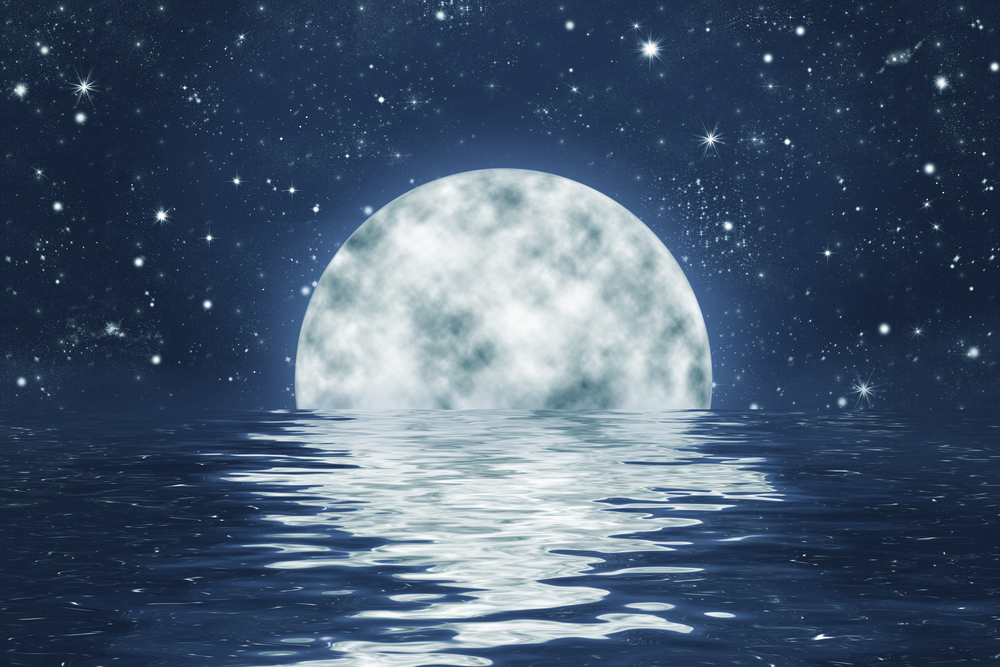
How Much Have We Left Behind?
In July 1969, Neil Armstrong and Buzz Aldrin were the first humans to step foot on the moon on Apollo 11, changing the scope of space exploration forever. The Apollo program went on for five more missions, stretching until 1972, along with several unmanned missions by the Soviet Union. In five decades of space missions, we have amassed over 500,000 pounds of lunar litter on the moon.
The things we’ve left behind fall broadly into three categories: the memorabilia, the remnants from missions, and the astronauts’ waste.
Also Read: Why Do We Keep Going To The Moon?
Memories And Memorabilia
1. The Plaque: At the site of the Apollo 11 landing, a plaque signed by the crew and then US President Richard M. Nixon was placed with the inscription, “Here men from the planet Earth first set foot upon the Moon July 1969, A.D. We came in peace for all mankind.” This achievement was huge enough to surpass the ongoing Cold War; American astronauts left behind two medals belonging to late Soviet astronauts Yuri Gagarin and Vladimir Komarov, who had passed away during missions.
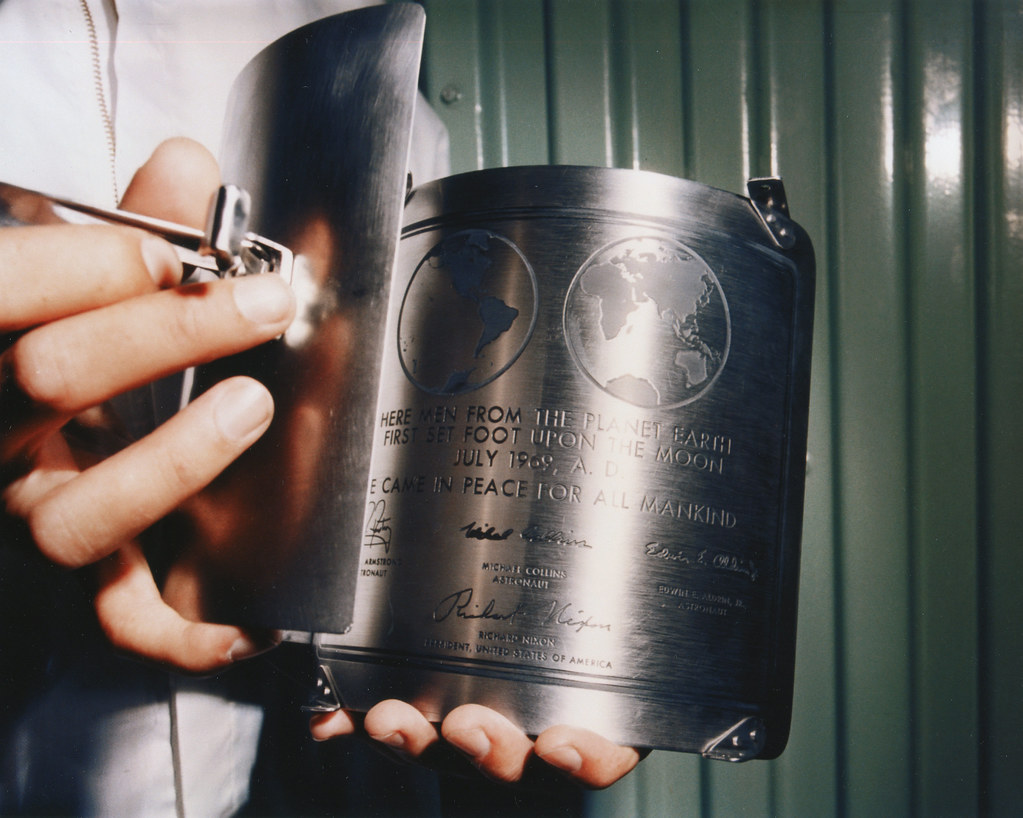
2. Ashes: American astro-geologist Gene Shoemaker spent his entire life studying cosmological impacts. In 1998, his memory was honored by sending his ashes aboard the Lunar Prospector probe to the moon.
3. American Flags: All six Apollo manned missions carried an American flag with them and successfully placed them on the lunar soil. However, due to the direct exposure to UV light, the flags have most likely been bleached white by now.
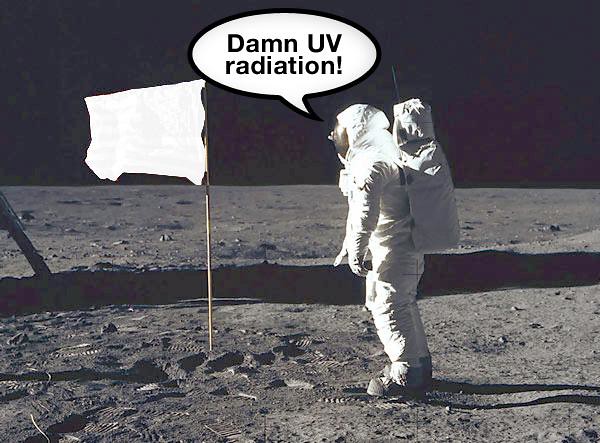
4. Disc of goodwill messages: The first manned mission of Apollo 11 carried along with it a small cylindrical case the size of a half-dollar bill, containing a scroll with greetings from the Heads of State of 73 countries (including the now non-existent countries of Yugoslavia and the Republic of Dahomey). The text written on the scroll was reduced 200 times, given the size of the case, and could only be read using a magnifying glass. The outside carried the engraving “From Planet Earth – July 1969”.
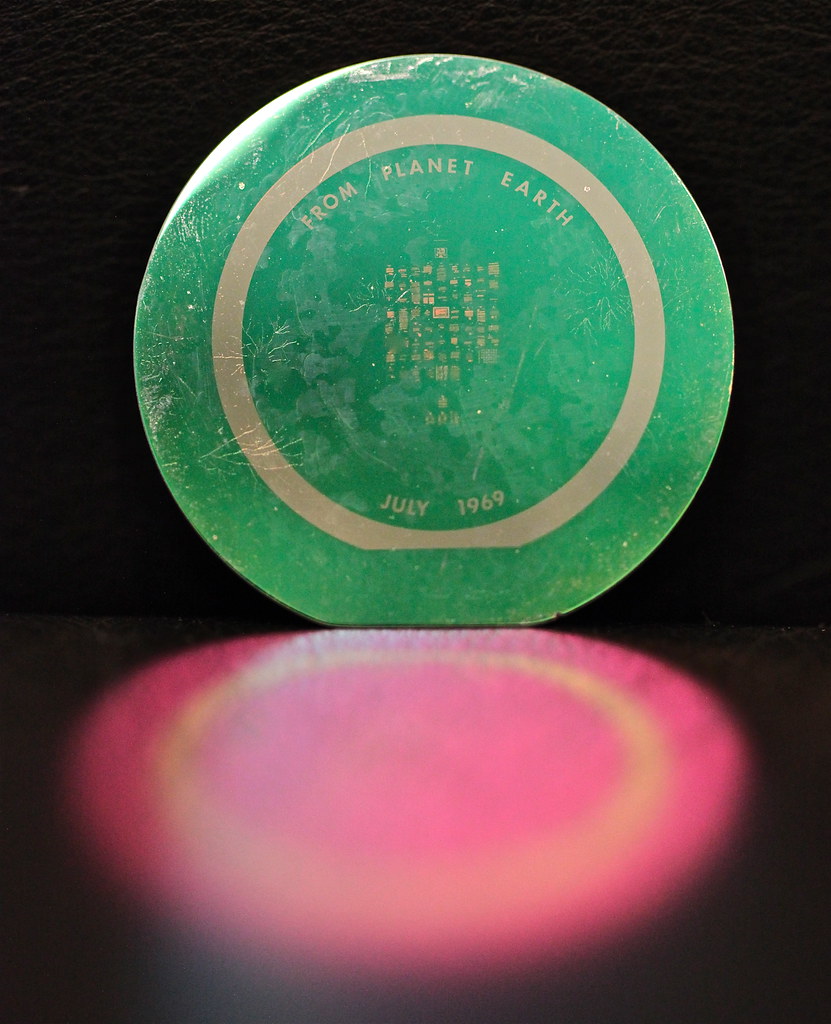
5. Olive Branch: A golden trinket shaped like an olive branch was left behind by the Apollo 11 astronauts as “a wish for peace for all mankind.”

6. Golf Balls: Apollo 14 commander Alan Shepard smuggled a golf club along with him in his suit, which he used to hit 3 golf balls on the surface of the moon, and 2 of them are still there. The club was later brought back to Earth and is now stored at the United States Golf Association Museum.
7. Astronaut Badge: Astronaut Alan Bean on Apollo 12 removed his lapel pin and tossed it into the vast unknown. He described it as looking like a shooting star across the surface of the moon.
8. Bible: Apollo 15 commander David Scott left a red paper copy of the Bible on one of the lunar rovers.
9. Fallen astronaut sculpture: The same commander also left a memorial in the form of a miniature silver statue, along with a plaque carrying the 14 names of the space explorers, both from the US and the Soviet Union, who had lost their lives up until that point.
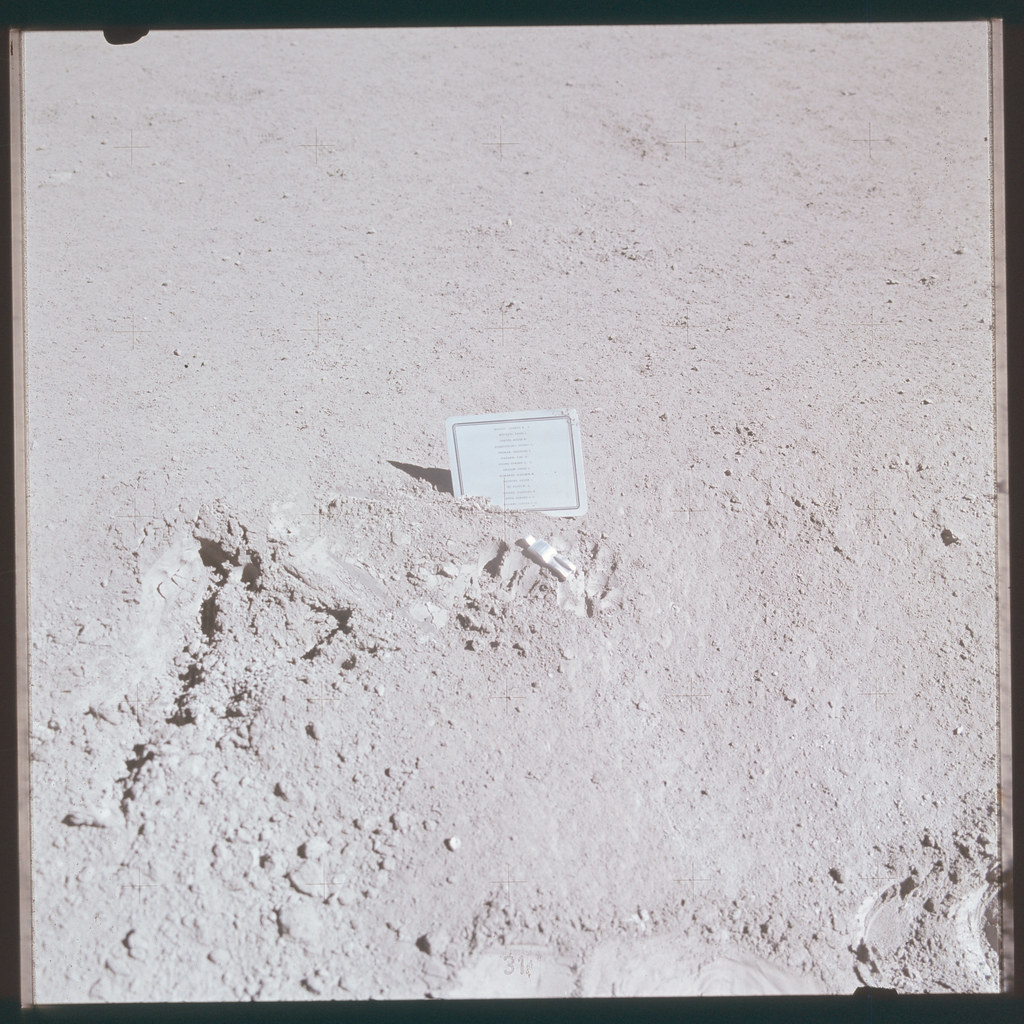
10. Family on the Moon: Apollo 16 astronaut Charles Duke left a photo of himself beside his wife and two children. However, under UV light, it is most likely to have faded away by now, just like the American flags.
Remnants From Missions
Most of what we’ve left behind is equipment from lunar missions, including over 70 spacecraft vehicles that were too tedious to bring back to Earth. The Apollo missions were largely focused on understanding lunar geography, with several machines and instruments being left behind by the crew upon mission completion.

To make space for the lunar samples they brought back to Earth, the astronauts also dumped gear and camera equipment they no longer needed. In exchange for the weight left behind, they brought back over 850 pounds of rocks and soil from the moon. They also left things that carried Apollo 11’s legacy, like the television camera used to telecast the historic moon landing to billions back on Earth.
Apart from this, there are several unmanned space probes, ascent/descent stages, and moon buggies that have been left behind.
Also Read: What Really Happened In The Apollo 13 Disaster?
Astronaut Poop
A NASA document lists that there are several urine and defecation collection devices, along with other trash, which was dumped on the moon to lessen the weight of returning spacecraft.
However, even those bags of excrement can provide us with invaluable knowledge of how the lunar atmosphere will affect human bodies and byproducts over the years.
Is This Stuff Of Any Use To Us Now?
Even though the physical utility of the things on the surface could be ascertained to some extent, it is what they represent that is of real value to us. Apart from symbolizing the hopes and aspirations of humanity, and being the product of our determination, they also set the tone for our future expeditions. Also, we gotta admit… it’s pretty damn cool to leave your mark on the moon!
How well do you understand the article above!

